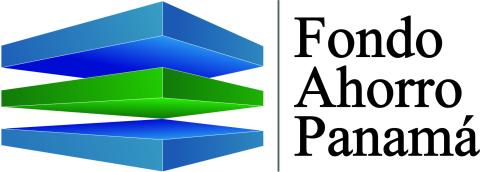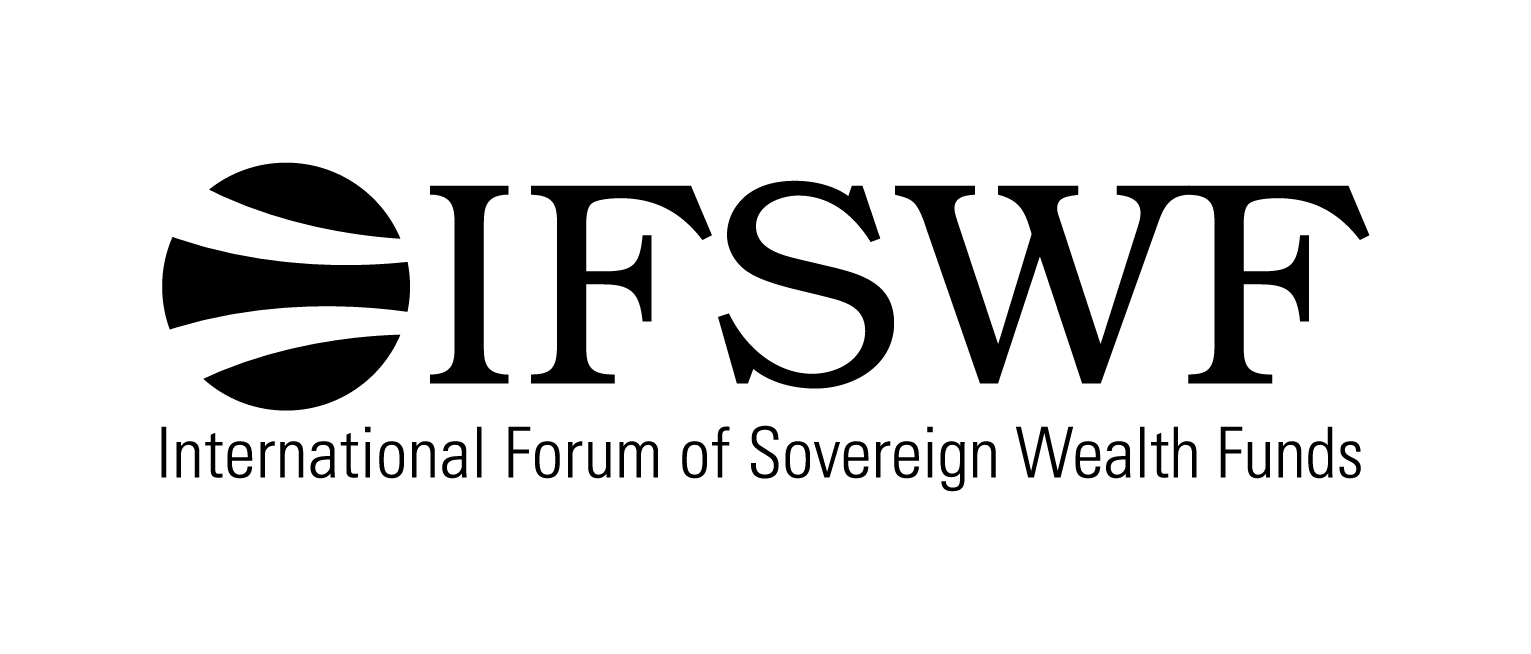
Fondo de Ahorro de Panamá
Panama

Incorporation and purpose
The Fondo de Ahorro de Panamá (“FAP” or “Fund”) was created by Panama’s National Assembly through Law 38 of June 5, 2012 (“Law 38”). The primary purpose and objective of the FAP are to create a long-term savings mechanism for the State and establish a stabilization mechanism in the event of a state of emergency and economic slowdown.
Source of funds
Under Law 38, modified by Law 51 of October 10, 2018, FAP’s sources of funds are:
- 50% of any contribution from the Panama Canal Authority to the National Treasury exceeding 2.25% of nominal GDP for that fiscal year;
- FAP returns until its equity exceeds 5% of the nominal GDP of the previous year;
- The proceeds from the sale of the shares of state-owned enterprises;
- Any inheritance, legacy, and donation that is made to the FAP;
- Any resources that, by Law, are destined to go to the FAP.
Governance arrangements
FAP’s assets (investments) are held in a trust, where the Ministry of Economy and Finance acts as the Settlor, representing the State and holding the title to FAP assets. The Banco Nacional de Panamá serves as the Trustee.
Under Law 38, the FAP is mandated to have a Board of Directors serving as the management organ for its assets held in the trust. The primary objective of the Board is to formulate a policy for FAP investments. The Board is composed of seven directors appointed by the executive branch of the government, subject to ratification by the National Assembly, and they serve seven-year terms. The Board's responsibilities include overseeing the strategic placement of FAP assets.
The FAP also features a Supervisory Commission, described as “an organ representative of civil society.” This commission convenes annually to assess the yearly report presented by the Board of Directors. The Supervisory Commission is mandated to produce an annual opinion report regarding the administration of the FAP.
Finally, the FAP includes a Secretariat, the members of which are appointed by the Board of Directors. The Secretariat is tasked with providing technical support to the Board of Directors and managing the executive and administrative functions of the FAP.
Reporting and auditing
FAP financial statements are audited and published on a quarterly and annual basis. The Board of Directors releases an annual report, and the Fund also publishes unaudited quarterly reports. Additionally, the Supervisory Commission issues an annual report submitted to the Ministry of Economy and Finance for publication. All information from the Fund is available on its website: www.fondoahorropanama.com
Investment objectives and risk management
FAP structures its Investment Plan, which outlines the Strategic Asset Allocation for the Fund's Strategic Portfolio. This process is conducted in accordance with the guidelines set forth in the FAP Law, its Regulations, Investment Directives, Investment Policies, and the Santiago Principles.
Under the capital preservation mandate of the Fund (Investment Objective), the technical design involves considering various quantitative criteria to maximize the Fund's expected return over the investment horizon while minimizing its risk through efficient portfolio diversification. These considerations and criteria may include:
- Preservation of the capital of the Fund;
- A long-term investment horizon based on a projection of five to 10 years;
- An expectation that the estimated average loss of the portfolio will not exceed 10% per annum, utilizing a 95% confidence Conditional Value at Risk (CVaR);
- Minimal liquidity requirements for the next five years.
Contact Details
P.H. Tower Financial Center (Towerbank)| Calle 50 y Elvira Méndez
Bella Vista
Panama
